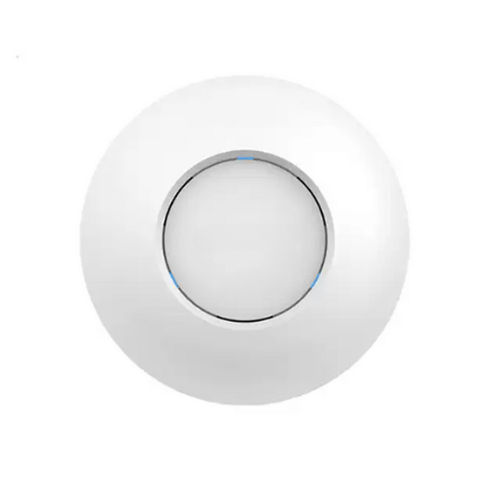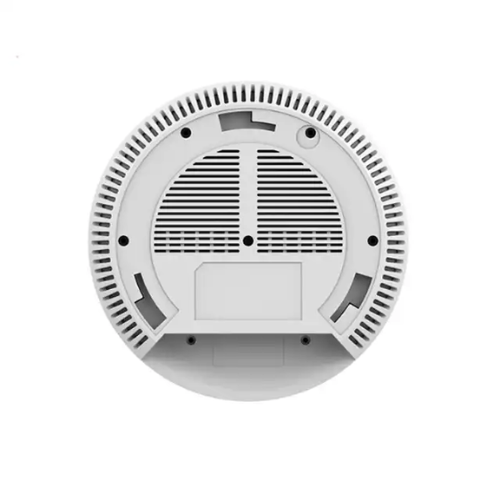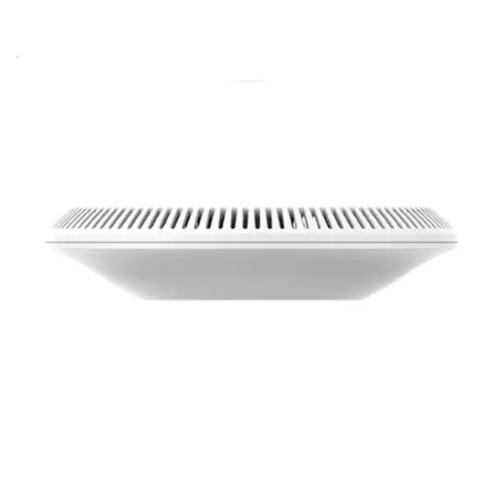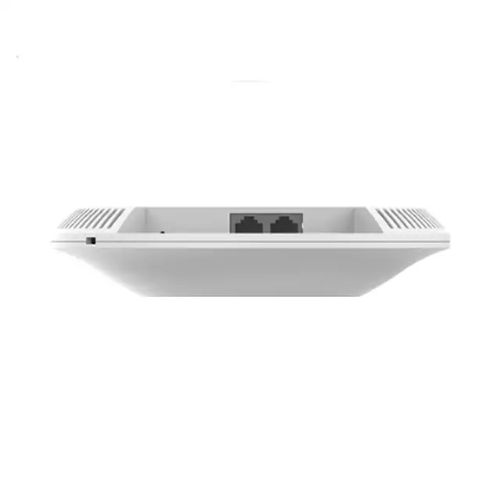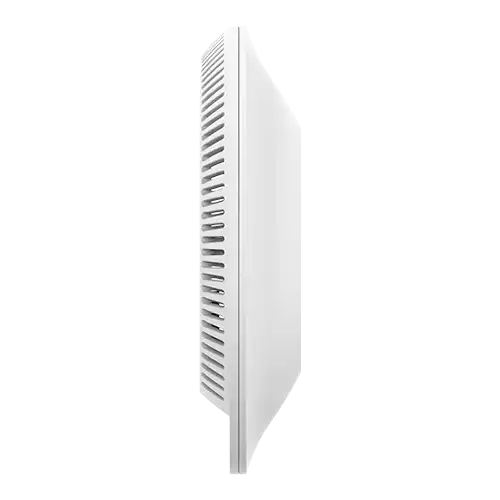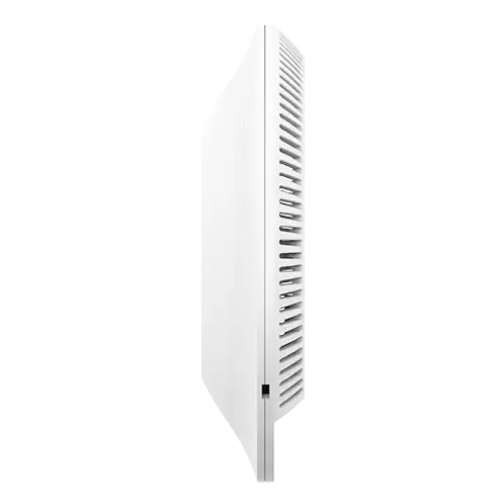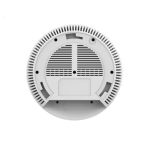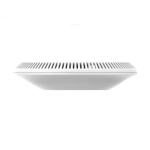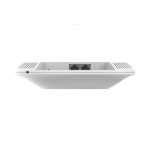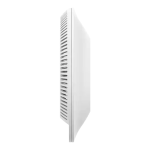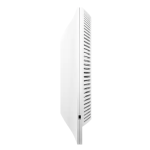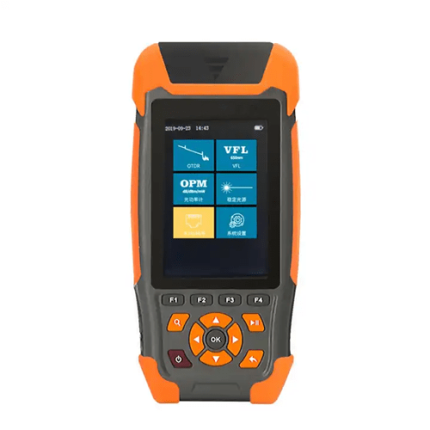Description
Overview
GAOTek High-Density Wi-Fi 6 Access Point with 7.3 Gbps Throughput are enterprise-grade 802.11ax Wi-Fi 6 access points that allow businesses to build next-generation Wi-Fi networks for high-density environments. They offer dual-band 2×2:2 MU-MIMO with DL/UL OFDMA technology and sophisticated antenna designs for maximum network throughput and expanded Wi-Fi coverage ranges. To ensure easy installations and management, they use a controller-less distributed network management design in which the controllers are embedded within the products’ Web user interfaces. These are also supported by GWN. Cloud and GWN Manager, cloud and on-premises Wi-Fi management platforms. They are the ideal Wi-Fi APs for voiceover-Wi-Fi deployments and offer seamless connections with Wi-Fi capable IP phones. With support for advanced QoS, low-latency real-time applications, mesh networks, captive portals, 256 concurrent clients per AP, and dual Gigabit network ports with PoE/PoE+, GWN7660s are ideal Wi-Fi access points for medium wireless network deployments with medium-to-high user densities.
Features
- 77 Gbps aggregate wireless throughput and 2x Gigabit Ethernet ports
- Dual-band 2 x 2: 2 MUMIMO with DL or UL OFDMA technology
- Up to 0.10 mi (175 m) coverage range
- Supports 256 concurrent Wi-Fi client devices
- Advanced QoS to ensure real-time performance of low-latency applications
- Anti-hacking secure boot and critical data or control lockdown via digital signatures
- unique security certificate or random default password per device
- Self-power adaptation upon auto detection of PoE or PoE+
- Embedded controller can manage up to 50 local GWN series Aps
- GWN Cloud offers unlimited AP management
- GWN Manager offers premise-based software controller
Technical Specifications
| Wi-Fi Standards | IEEE 802.11 a or b or g or n or ac or ax |
| Antennas | 2 dual band internal antennas 2.4 GHz, gain 3 dBi or 5 GHz, gain 4 dBi |
| Wi-Fi Data Rates | 5 G IEEE 802.11ax: 7.3 Mbps to 1201 Mbps; IEEE 802.11ac: 6.5 Mbps to 867 Mbps; IEEE 802.11n: 6.5 Mbps to 300Mbps; IEEE 802.11a: 6, 9, 12, 18, 24, 36, 48, 54 Mbps2.4 G IEEE 802.11ax: 7.3 Mbps to 573.5 Mbps; IEEE 802.11n: 6.5 Mbps to 300 Mbps; IEEE 802.11b: 1, 2, 5.5, 11 Mbps; IEEE 802.11g: 6, 9, 12, 18, 24, 36, 48, 54 Mbps |
| Frequency Bands | 2.4 GHz radio: 2400 MHz to 2483.5 MHz 5 GHz radio: 5150 MHz to 5850 MHz |
| Channel Bandwidth | 2.4 G: 20 and 40 MHz 5 G: 20,40 and 80 MHz |
| Wi-Fi and System Security | WEP, WPA or WPA2-PSK, WPA or WPA2 Enterprise (TKIP or AES); WPA3, anti-hacking secure boot and critical data or control lockdown via digital signatures, unique security certificate and random default password per device |
| MIMO | 2 x 2:2 2.4 GHz 2 x 2:2 5 GHz |
| Coverage Range | Up to 0.10 mi (175 m) |
| Maximum TX Power | 5 G: 22 dBm 2.4 G: 24 dBm |
| Receiver Sensitivity | 2.4 G 802.11b: -96 dBm at 1 Mbps, -88 dBm 11 Mbps; 802.11g: -93 dBm at 6 Mbps, -75 dBm 54 Mbps; 802.11n 20 MHz: -73 dBm MCS7; 802.11n 40 MHz: -70 dBm MCS7; 802.11ax 20 MHz: -60 dBm MCS11; 802.11ax 40 MHz: -58 dBm MCS11; 5 G802.11a: -92 dBm 6 Mbps, -74 dBm 54 Mbps; 802.11n 20 MHz: -73 dBm MCS7; 802.11n 40 MHz: -70 dBm MCS7; 802.11ac 20 MHz: -67 dBmMCS8; 802.11ac: 40 MHz: -63 dBmMCS9; 802.11ac 80 MHz: -59 dBm MCS9; 802.11ax 20 MHz: -60 dBm MCS11; 802.11ax 40 MHz: -58 dBm MCS11;802.11ax 80 MHz: -56 dBm MCS11 |

